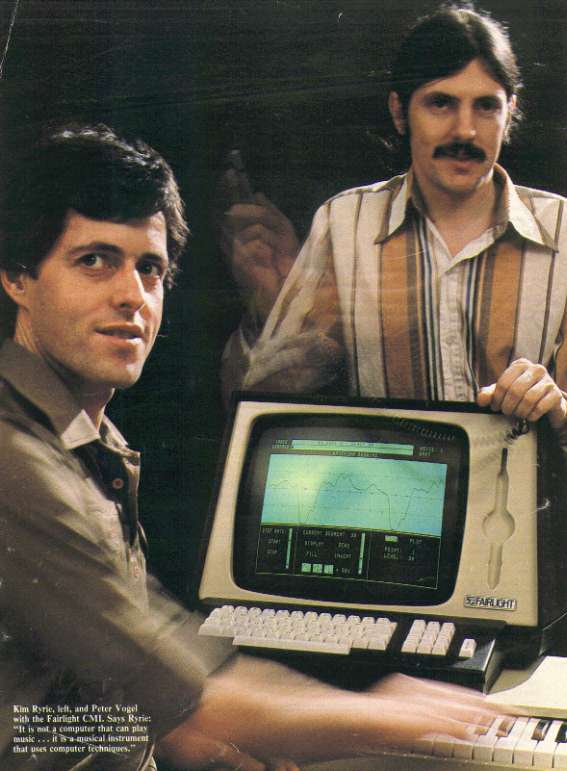Youssou N'Dour: caught in the middle
 Band leader: Youssou N'Dour's stature means he could run for president
Band leader: Youssou N'Dour's stature means he could run for president
Fans at home want one sound, fans abroad another. Youssou N'Dour tells Peter Culshaw why it's hard being Africa's most famous singer
The man opposite me in a London hotel like a dapper businessman but he's been described by Rolling Stone as "perhaps the most famous singer alive", by Time as one of the planet's 100 most influential people, and by Peter Gabriel as having a "voice of liquid gold".
I'm talking with Senegal's Youssou N'Dour about his unique cultural position as a bridge between the West and Africa. We discuss the street scene in Dakar, Senegal's capital, where the tourist market has ethnic rugs and drums, while the Senegalese go to the market next door to buy iPods and posters of Madonna. The locals and the outsiders both have a powerful fantasy of the other, a cultural dynamic that often makes life uncomfortable for N'Dour.
"More and more these days, the rest of the world loves music from Africa that is pure, traditional and powerful, whereas the Senegalese always want me to do something modern, with keyboards and guitars."
His new album, Rokku Mi Rokka, sees him leaning towards the modern but his previous, acoustic, album, Egypt (2004), highlighted the dilemma. Listeners outside Africa adored the record, it sold well over 100,000 copies and picked up a Grammy, a Mobo and a Radio 3 World Music Award. "The album wasn't initially liked at all in Senegal – although they were proud when it achieved such acclaim, and then they started listening to it."
It's not always easy to be in his position, he tells me – he was criticised for his role in Amazing Grace (2006), which chronicled William Wilberforce's efforts to end slavery. N'Dour played the small part of African abolitionist Olaudaqh Equiano, which was seen by many as tokenistic, as was his appearance at Live 8, which didn't feature other African artists on the main stages.
"It's difficult. With these situations I usually think it's better to do something than nothing. People think that because I'm well known I could have changed how a Hollywood film was made, but that's not true."
He says the experience has made him more interested in producing a film in Senegal himself. As far as Live 8 goes, he now says "If they do something like that again without Africans – which was a mistake – I'm not the one who's gonna step in."
Now 48, N'Dour has been in top Senegalese bands since the age of 14, when he joined the Star Band, who played the popular Cuban-influenced music of the time. By the early 1980s, he was forging a new style, mbalax, which incorporated more traditional Senegalese elements, in his group Super Etoile de Dakar. The only initial problem was the opposition of his father, a designer.
"It was a difficult time, but he eventually gave his authorisation to me to be a musician." His father is still a big influence and keeps him from becoming arrogant: "It's very difficult to see my father if I've done anything bad."
N'Dour has seven children, the eldest is 22 and studying for an MBA in the US. How would he react if one of his children announced he or she wanted to be a musician? "I would say it's a difficult path, but if they had a big talent, why not?"
N'Dour rather downplays his business empire: "I have a radio station, which I hope to be a place to encourage democracy and liberty, and a club. But they still lose money."
He is more proud of his work combating Aids and malaria in Senegal. Such is his stature, there are many who have said he should run for president of the country, but he says, "I think I'm in a better position where I am. I can support and sometimes denounce. To be a politician you have to learn to lie – to be an artist you have to be honest."
Since his biggest hit, Seven Seconds, the 1994 duet with Neneh Cherry, some of his records have seemed over-produced, as labels such as Sony have attempted to replicate the single's million-selling success.
"I've learned enough to produce myself," he says, and tells me he's happier on his current label, Nonesuch, which is more of a boutique art label.
"It's not that anyone exactly told me what to do before. The pressure was more subtle than that. It was more the context." On Nonesuch, he feels that he is competing with fellow label artists such as the composer John Adams or the jazz guitarist Pat Metheny, artists who have "integrity and respect", like the label.
If Egypt was an album of deep religiosity, an exploration of his mystical Islamic faith, Rokku Mi Rokka, which he produced in his own studio in Dakar, is, he says "more fun. I feel happier – it's more a dancing record. The title means 'You give me something, I give you something', and that's the message of the album: we have received a lot from the developed world, but remember that we brought a lot, too."
'Rokku Mi Rokka' by Youssou N'Dour is out now on Nonesuch.













